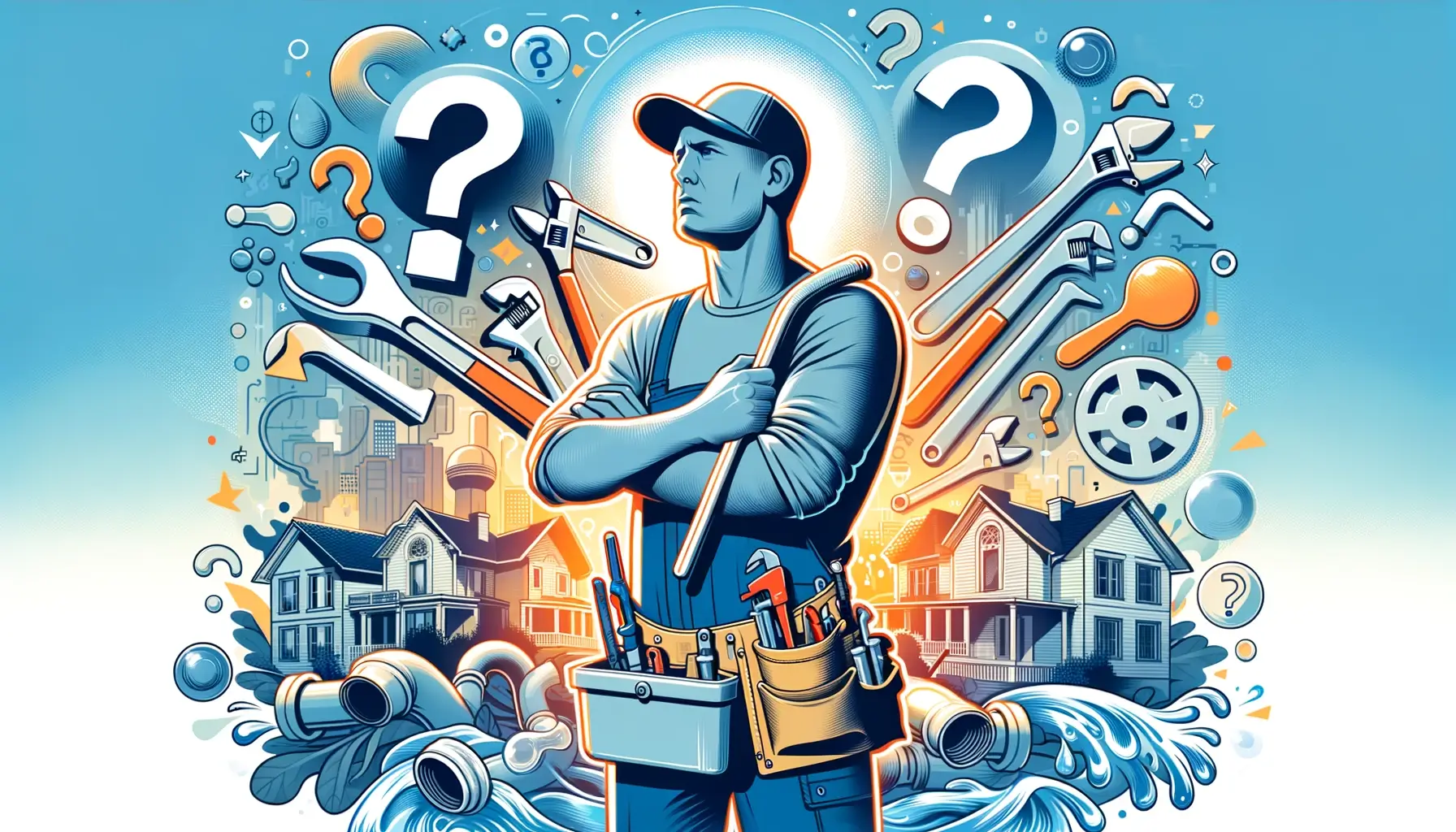In this week’s roundup, we spotlight a critical junction in the trades industry, marked by shortages, technological leaps, and evolving urban landscapes.
The Plumber Paradox: A Leak in the Workforce Pipeline
At the core of our industry’s current challenges is a glaring plumber shortage, threatening to disrupt both economic stability and construction timelines. With a mean annual wage significantly higher than the national average, the profession is lucrative yet struggles to attract new talent at the rate required to fill the gaps left by retirees. This bottleneck is more than a hiccup; it’s projected to cost the economy about $33 billion, with a looming shortfall of 550,000 plumbers by 2027.
Further Reading:
Beyond Pipes: Shaping the Future of Construction
As we grapple with workforce challenges, the horizon is brightened by technological innovation and the promise of sustainability.
Building the Future: New technologies like construction robotics and 3D printing are not just novelties; they are revolutionizing how we build. ICON’s announcement of a suite of products designed to automate construction signals a seismic shift towards efficiency and sustainability.
Further Reading:
Smart Cities and Cybersecurity: The march towards smart cities brings with it the dual promise of efficiency and risk. As we integrate technology into urban infrastructure, the specter of cyberattacks highlights the need for robust security protocols.
Further Reading:
Sustainability Stalled: Dubai’s ‘Sustainable City’ stands as a testament to green ambitions yet underscores the challenge of scaling such initiatives. Despite its innovative approach, the broader adoption of sustainable practices remains slow, reflecting a disconnect between vision and infrastructure.
Further Reading:
Wrapping Up: A Confluence of Challenges and Innovation
This week’s roundup underscores a critical moment for the trades industry. From the tangible impact of labor shortages to the transformative potential of new technologies and sustainable practices, we stand at a crossroads. Addressing these challenges while seizing the opportunities they present requires a concerted effort from all corners of our industry.
As we navigate this complex landscape, the role of skilled tradespeople has never been more vital. By embracing innovation and advocating for the value of trades careers, we can ensure a resilient and prosperous future for our industry.



